
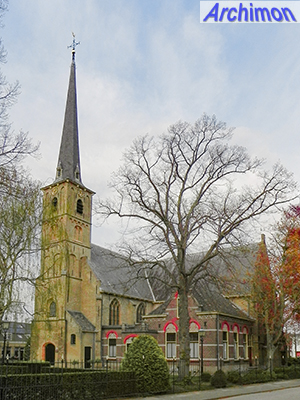 In 1557, 136 years after the St. Elizabeth's flood had made the
area uninhabitable, the polder Oud-Beijerland was finally reclaimed. The lord of
the polder, count Lamoraal van Egmond, founded the village Beierland, in honour
of his wife Sabine, dutchess of Bavaria (Beieren). In 1567 a small aisleless
church in Gothic style was built, dedicated to St. Anthony of Padua.
In 1557, 136 years after the St. Elizabeth's flood had made the
area uninhabitable, the polder Oud-Beijerland was finally reclaimed. The lord of
the polder, count Lamoraal van Egmond, founded the village Beierland, in honour
of his wife Sabine, dutchess of Bavaria (Beieren). In 1567 a small aisleless
church in Gothic style was built, dedicated to St. Anthony of Padua.
The church did not stay catholic for long. Ironically, count Lamoraal, although a faithful catholic, was one of the leading noblemen who pleaded for tolerance for protestants and was eventually executed for this by order of the king of Spain in 1568. This would be the beginning of the Eighty Years War against Spain, and while catholics had taken a leading role in the rebellion they were soon betrayed by the calvinists. In 1577 the calvinists had seized power in the province of Holland, confiscated all churches and monasteries and outlawed the catholic faith.
Incidentally, five years later the name of the villages was changed to Oud-Beijerland, to differentiate it from the newly reclaimed polder Nieuw-Beijerland.
As a protestant church the building was gradually extended. In 1604 a tower was added, a gift from Lamoraal's daughter Sabine van Egmond, lady of Beijerland. After she died in 1614 a mausoleum in the shape of a polygonal chapel was built at the south side of the choir. In 1621 a transept was built at the north side, followed by one on the south side in 1650. All changes to the church were in Gothic style.
In 1924 the choir and mausoleum were demolished to make space for a major extension on the eastern side in the form of a square choir and big lateral chapel. The architect of this extension in Rationalist style was Tj. Kuipers.
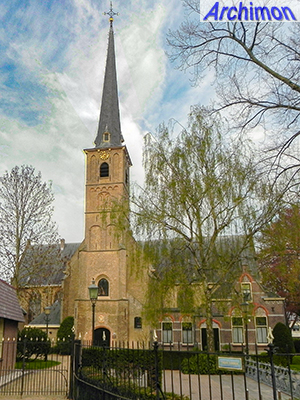



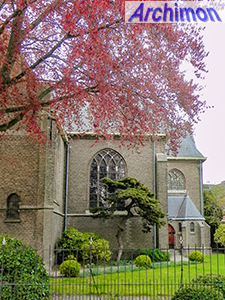
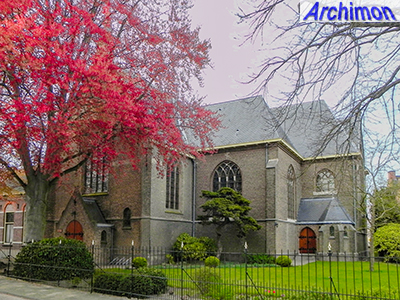
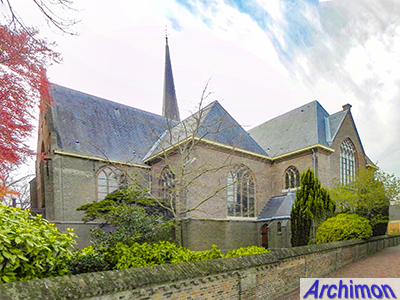
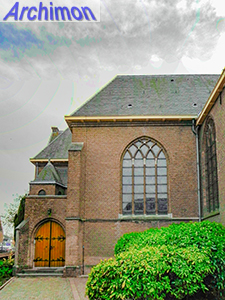
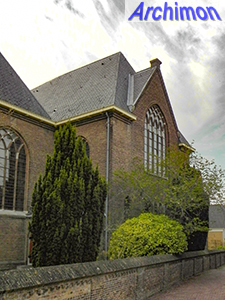
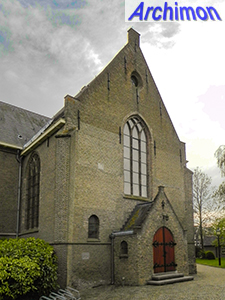
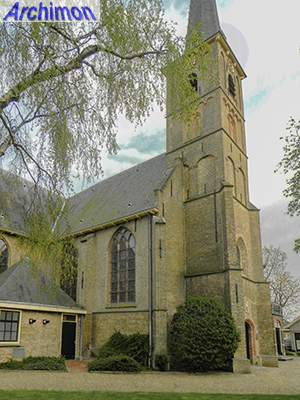
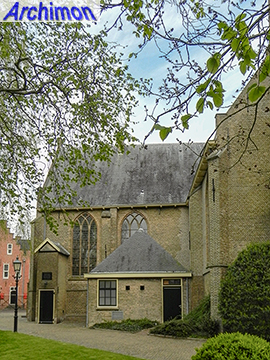
Back to Hoeksche Waard municipality